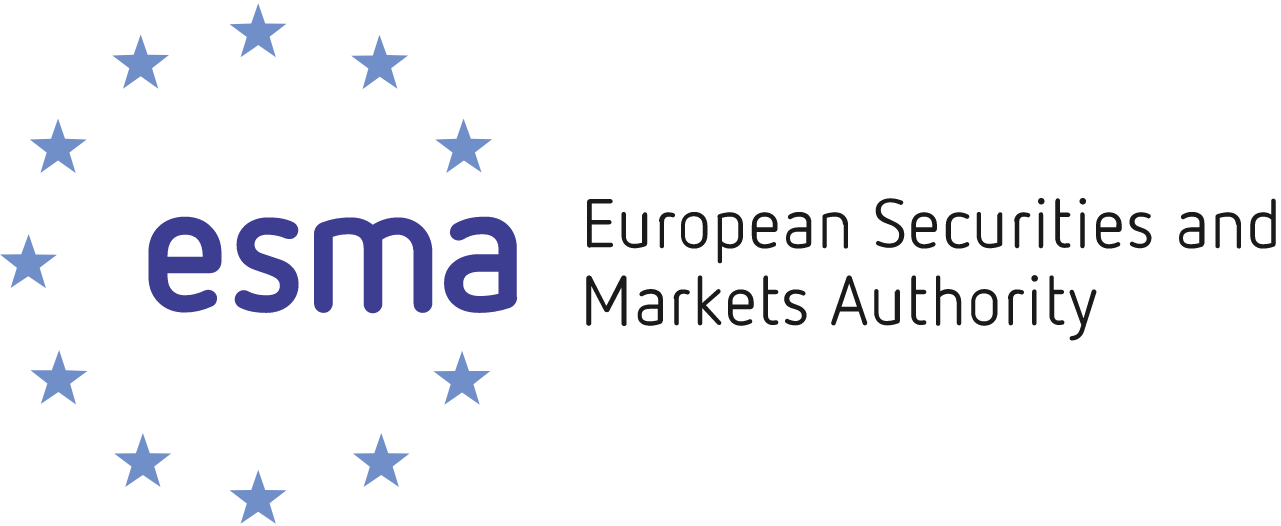How to prepare for ESEF?
Opportunities to redesign your reporting process
Starting in fiscal year 2020, the European Securities & Markets Authority (ESMA) requires European issuers of securities to publish their annual reports in a new digital format: Inline XBRL. This new digital format is called European Single Electronic Format (ESEF).
At first glance, Inline XBRL doesn’t look very different from the traditional PDF annual report. However, the document must contain digital ‘markers’ which allow computers to automatically consume and analyze the figures and texts in the annual report. This feature also paves the way for innovative tools, which can easily display comparative figures, benchmark information and so on.
In the first two years, only the consolidated primary financial statements are in scope of the regulation. After that, the disclosures must be ‘tagged’ as well.
Inline XBRL is not new to US listed companies, where digital filing was introduced in 2009, or to financial institutions, who are filing to their regulators with XBRL since 2007 in many European countries.
Choosing the right software
Converting an annual report to this digital format is not challenging. For most companies, the process of creating the annual report is the real challenge: getting data from a number of sources, editing and reviewing texts, cross-checking and updating numbers is error-prone and requires manual work.
Taxxor Disclosure Management (TDM) is different: it connects with several source systems (including SAP), serves as a role-based text editor and allows you to automatically update tables, figures and graphs. TDM helps you to set up most of your annual report before year end.
With TDM, it’s easy to create your annual report for web, pdf and the required Inline XBRL format, al from the same source, centrally managed.
Ask us for a demo and see for yourself how you can spend less time on setting up, editing and publishing your annual report, while meeting the new ESEF regulation at the same time.
